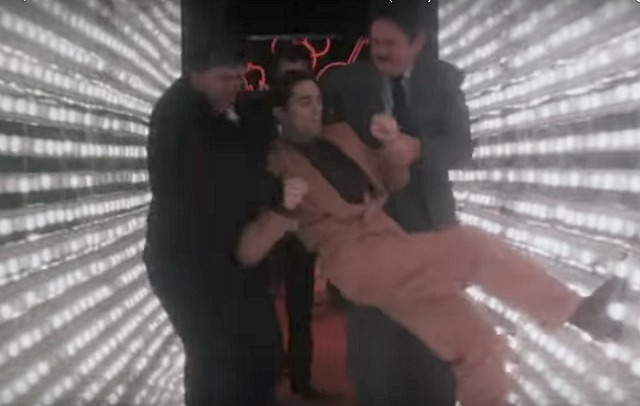Posted on 8.17.12: I was riding along last night with the radio on, and “Do You Know The Way To San Jose?” — the 1968 Burt Bachararch-Hal David pop tune that was sung most famously by Dionne Warwick — came on, and for some reason I started thinking about what the lyrics really say.
Here’s what they say: “I fucking quit…this town is too tough for me…this place is full of souless, grasping hustlers, and I’m too spiritual and self-respecting to make it with these hounds.”
This spirited bouncy little tune is basically an anthem for losers. It’s the opposite, spiritually speaking, of the Alicia Keys song “Empire State of Mind” or the hopeful go-getter optimism of “New York, New York” as sung by Liza Minelli and Frank Sinatra.
“Do You Know The Way To San Jose?” is akin to that line in the Atlanta Rhythm Section‘s “I’m Not Gonna Let It Bother Me Tonight” that says “the rats keep winning the rat race.” Which is another way of saying “eff this noise and eff this scene…I’m going back to Bedford Falls where I have friends and loved ones.”
A song that is right between “Do You Know The Way to San Jose?” and “New York New York” is Peter Gabriel‘s “Don’t Give Up,” which was co-sung by Kate Bush.
“Fame and fortune is a magnet / It can pull you far away from home / With a dream in your heart you’re never alone / Dreams turn into dust and blow away / And there you are without a friend / You pack your car and ride away.”
I’ve heard these words spoken by many, many people in real life, and they were all saying the same thing, which is that they came to the big city with initial hopes and dreams, but they lacked the talent and the moxie (which is understood in some circles as “claw-your-way-to-the-top ambition”) and so they were packing it in and moving back to a smaller, less difficult pond. I was on the brink of this myself in the early days, but I grimmed up and doubled down and finally broke through.
The world is for the few.
A friend comments: “Interestingly Warwick was on CBS Sunday Morning this week and mentioned this song as the only one she truly hates.”





